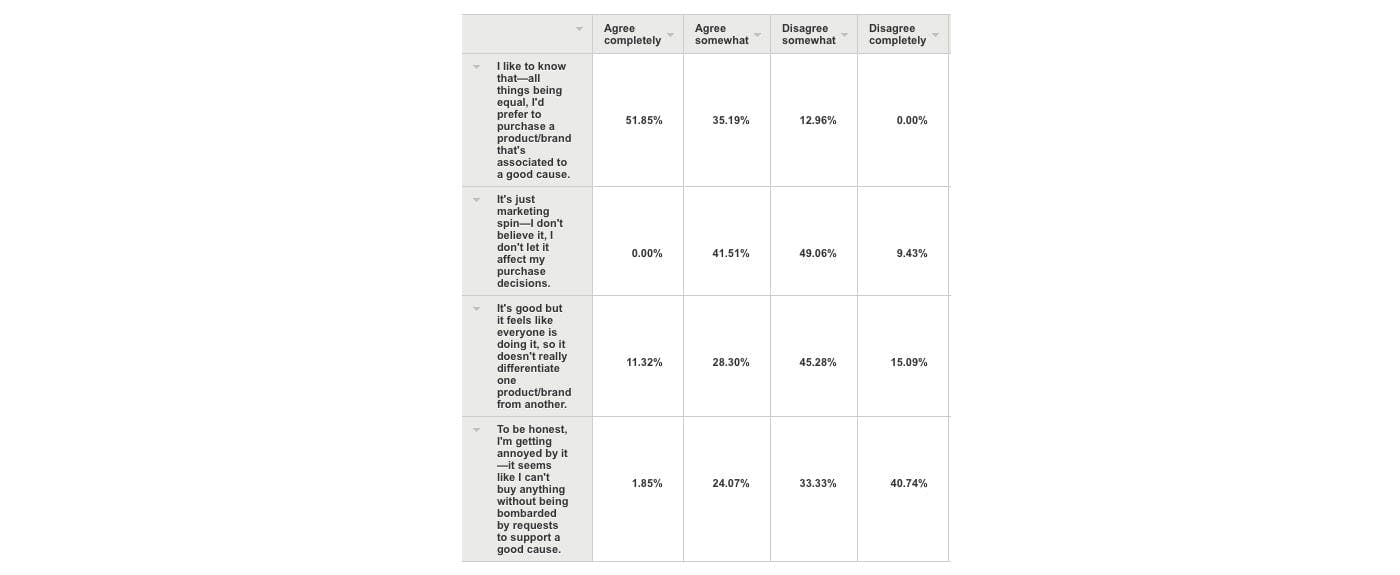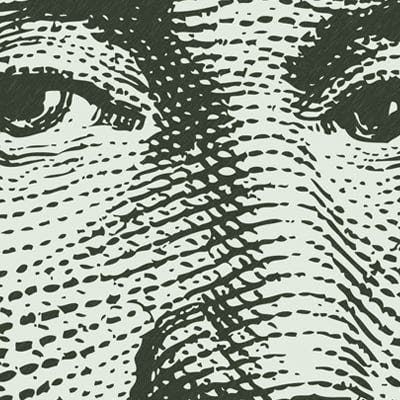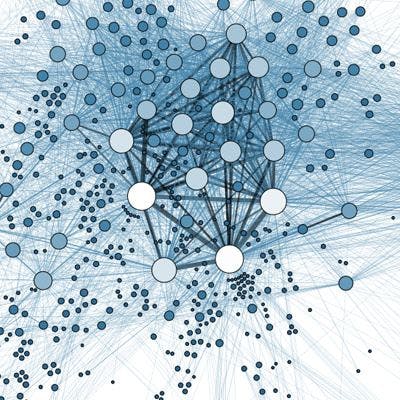Winners and Losers in Cause Marketing

By Adam Kleinberg
When recently tasked with developing a cause marketing program for a potential client, the team at Traction took a look at the landscape and saw a lot of programs out there.
Some were very successful, while others were total flops.
The team decided to do a little grassroots research to learn more. We built a lemonade stand in SF's Dolores Park to find out if people would pay more for products that gave to good. We also did a brief survey (we had under 100 respondents, so not empirical, but we still learned a lot), and, of course, we took a close look at some brands' programs to see what was working and what wasn't.
Our key findings were summarized in Advertising Age , but here is a more detailed look at our results.
Cause Marketing: Lemon or Lemonade? from Traction on Vimeo .
Here were some highlights from our survey:
First, we asked people which brands which brands had cause marketing programs they were aware of and which had actually persuaded them to make a purchase.
As you can see, there were some major gulfs. Cause brands like Dove "Real Beauty," Livestrong and Product (RED) had high awareness, but very little had actually impacted purchase behavior. Other brands like Gucci's "Chime for Change" with big celebrity endorsers like Beyonce and Salma Hayek had virtually no awareness. The big winners were Tom's and Patagonia who had both high awareness and high impact at the cash register.

Skepticism is prevalent
As the chart below illustrates, all things being equal, people overwhelmingly prefer to support a brand with a cause attached. But those same people are often experiencing cause fatigue: 41% somewhat agree that cause marketing is "just spin," a similar number feel like everybody's doing it and fully a quarter are even starting to find cause marketing to be a bit annoying.

Innovators to watch out for
While these two brands didn't break through in the consumer research, they're doing innovative things we can learn from.
Alex and Ani's " Charity by Design " collection of jewelry goes beyond the typical "part of proceeds goes to such and such charity" model to include creative design that is matched to each non-profit's values. So the "living water" charm bangle benefits an organization dedicated to helping communities get access to clean water, and the cowboy boot bangle supports Farm Aid. It's unique, authentic, iconic and conversation-worthy
Stella & Dot also sells jewelry. When they partner with a cause, supporters of that cause can curate a personal trunk show digitally, and invite friends and family through their social networks. Once invitees go online, they get a personalized shopping experience that is "co-branded" with their friend's image and messages. This activates people because it empowers supporters of a cause to go out and bring in new supporters (and shoppers) on a brand's behalf, it's deeply personal and it's a touch indulgent—if you're going to give to a friend's pet cause anyway, at least you get a little reward for yourself through this.
One of the key questions we had about cause marketing was, "Are we due for a backlash as consumers fatigue of all the cause marketing out there?" To our surprise, despite complaints, we learned that consumers continue to be receptive to cause marketing.
They're just better at filtering out and ignoring the messages that don't appeal to them.

eMarketer released a report today showing how the $50 billion in digital ad spending in 2014 is being divided across branding and direct response.

Two weeks ago, I was asked to be part of "The Landscape Panel" at the iMedia Agency Summit in Austin.

This morning I wrote a post in Ad Age on why the collapse of the merger between industry giants Omnicom and Publicis is great for small agencies.
